Common cold and flu remedies get passed down from generation to generation. From grandma’s chicken soup recipe to ginger and honey in tea, there are plenty of home remedies in every household. But some flu viruses are more serious and require stronger defenses.
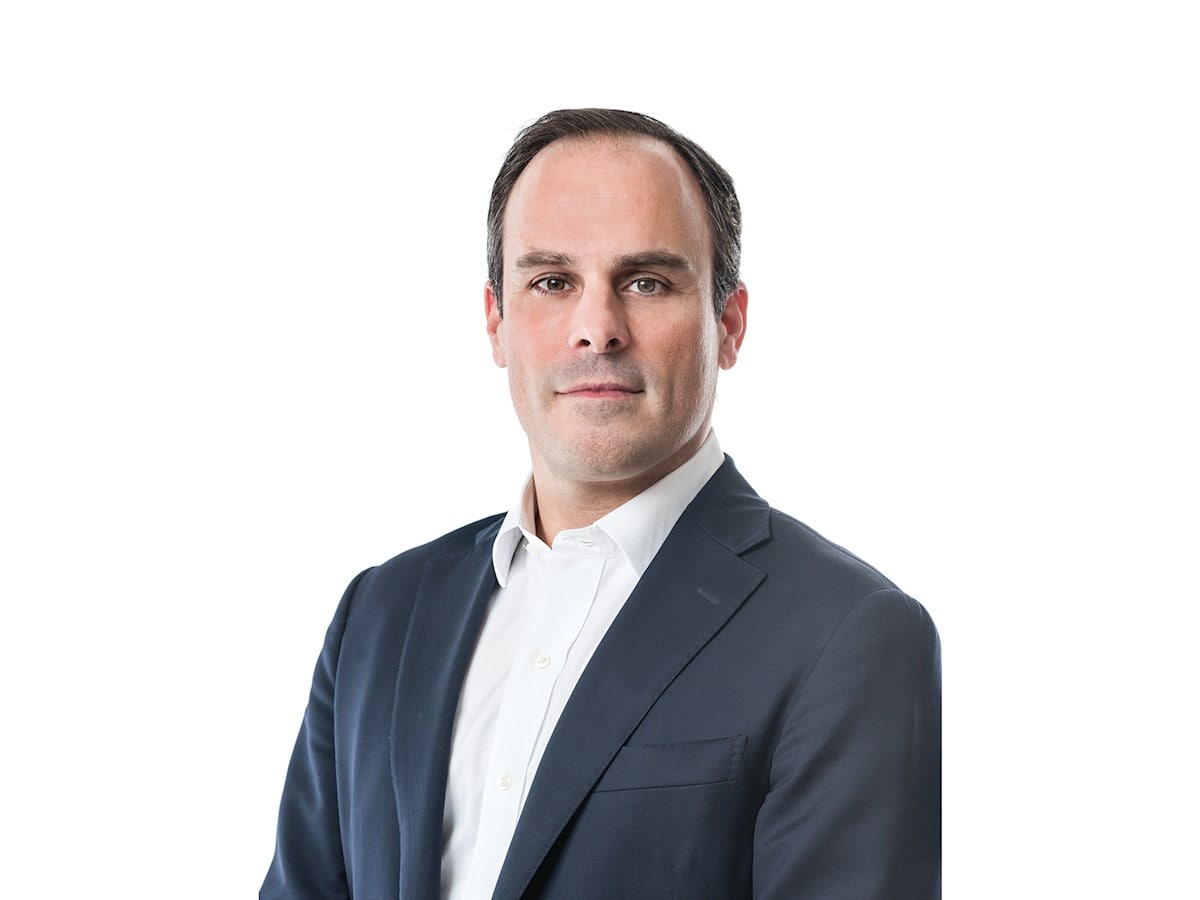
Camfil’s team around the globe is closely monitoring the news surrounding the impact of Coronavirus (COVID-19) outbreak. The situation is changing rapidly and is likely to continue to develop in the days and months ahead.
Difficult situations call for coordinated actions and Camfil’s team is committed in finding solutions during this troubled time due to COVID-19 pandemic. If you have questions or concerns, please contact your local Camfil office. Stay safe!
Mark Simmons CEO Camfil Group
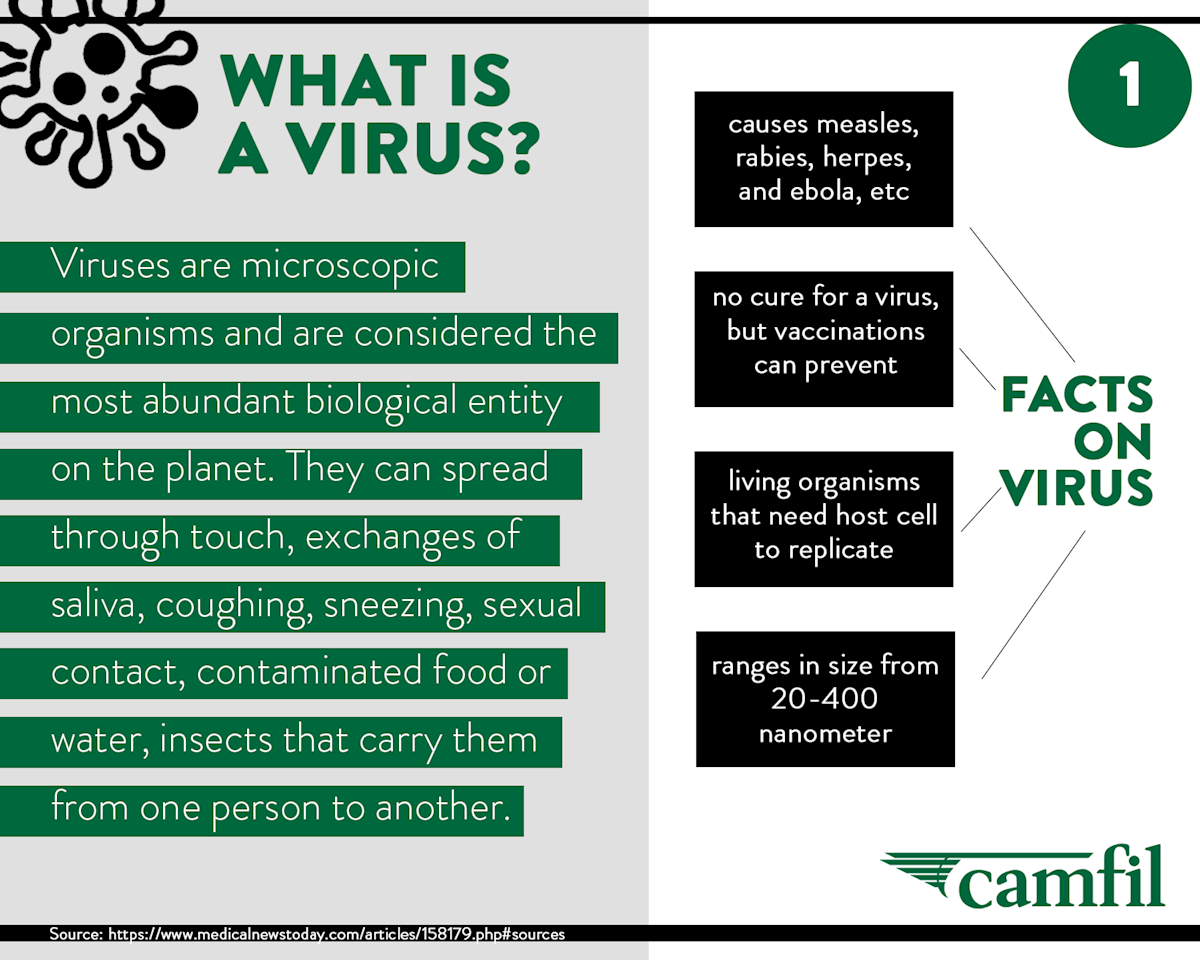
Maintaining a good level of hygiene and covering the mouth with a mask are good ways to stay protected but is this enough? There are vaccinations available for some viruses and for others not. The viruses where no viable vaccine has been found are more difficult to control and in combination with high infection and mortality rate, these can become severe and very difficult to manage pandemics. WHO (World Health Organization) has declared alerts and outbreaks many times in history due to deadly virus infection and here are few that are noteworthy: In February 2003, Severe Acute Respiratory Syndrome (SARS) killed about 1 in 10 people affected. In 40 years of the occurrence, the Ebola virus has killed 25% to 90% of those infected. Novel Coronavirus that started in 2019, has more than 40,000 reported cases and this number been growing.
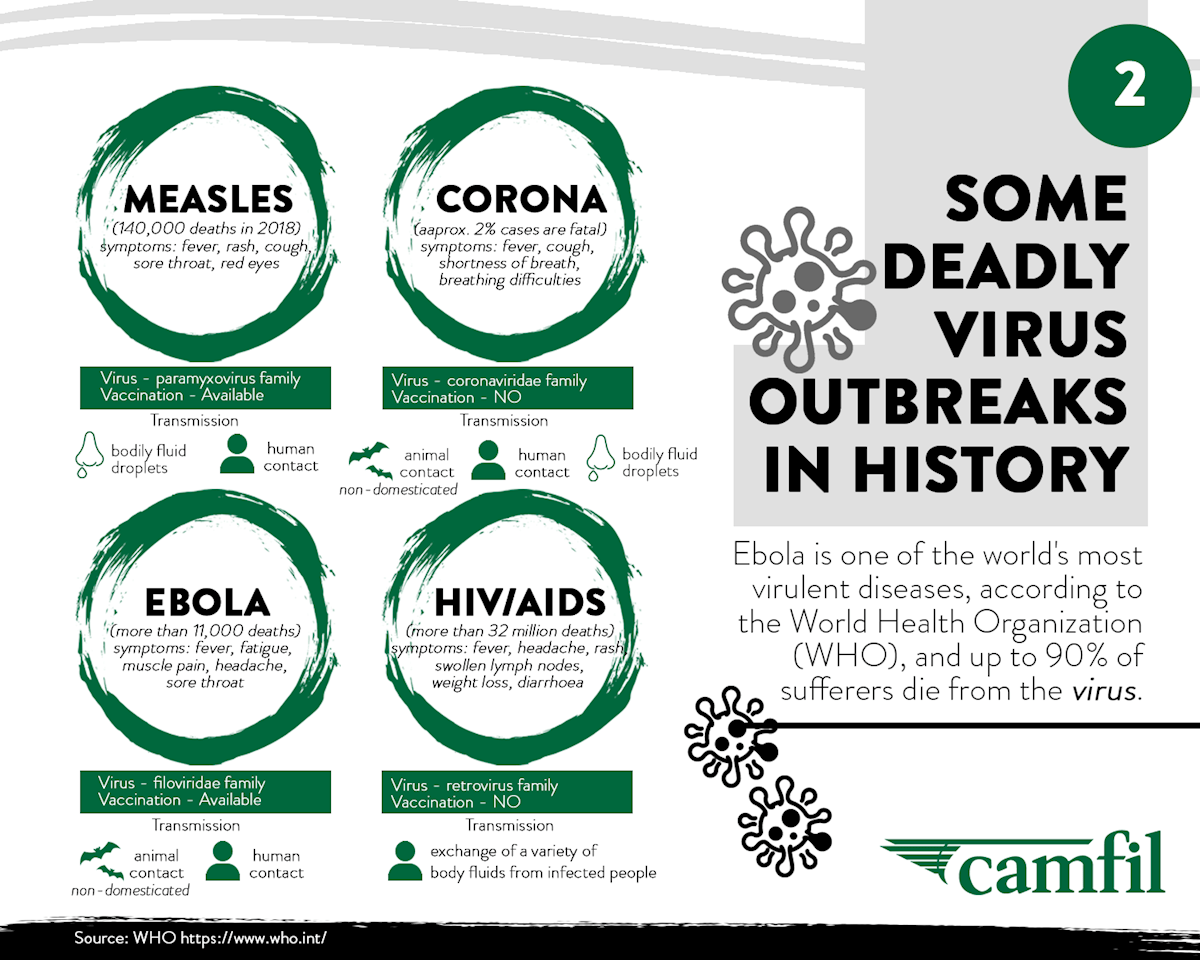
Droplets containing viruses can linger in the air and the surfaces that can easily be transmitted with simple contact. Bodily fluids like saliva or mucus can get dispersed into the air as tiny droplets when someone coughs or sneezes. According to scientists, coughs and sneezes can travel several feet and stay suspended in the air for up to 10 minutes and viruses on a surface can survive up to four hours at room temperature. In some cases, viruses can spread through ‘zoonosis’ where the host carrying the virus is an animal.
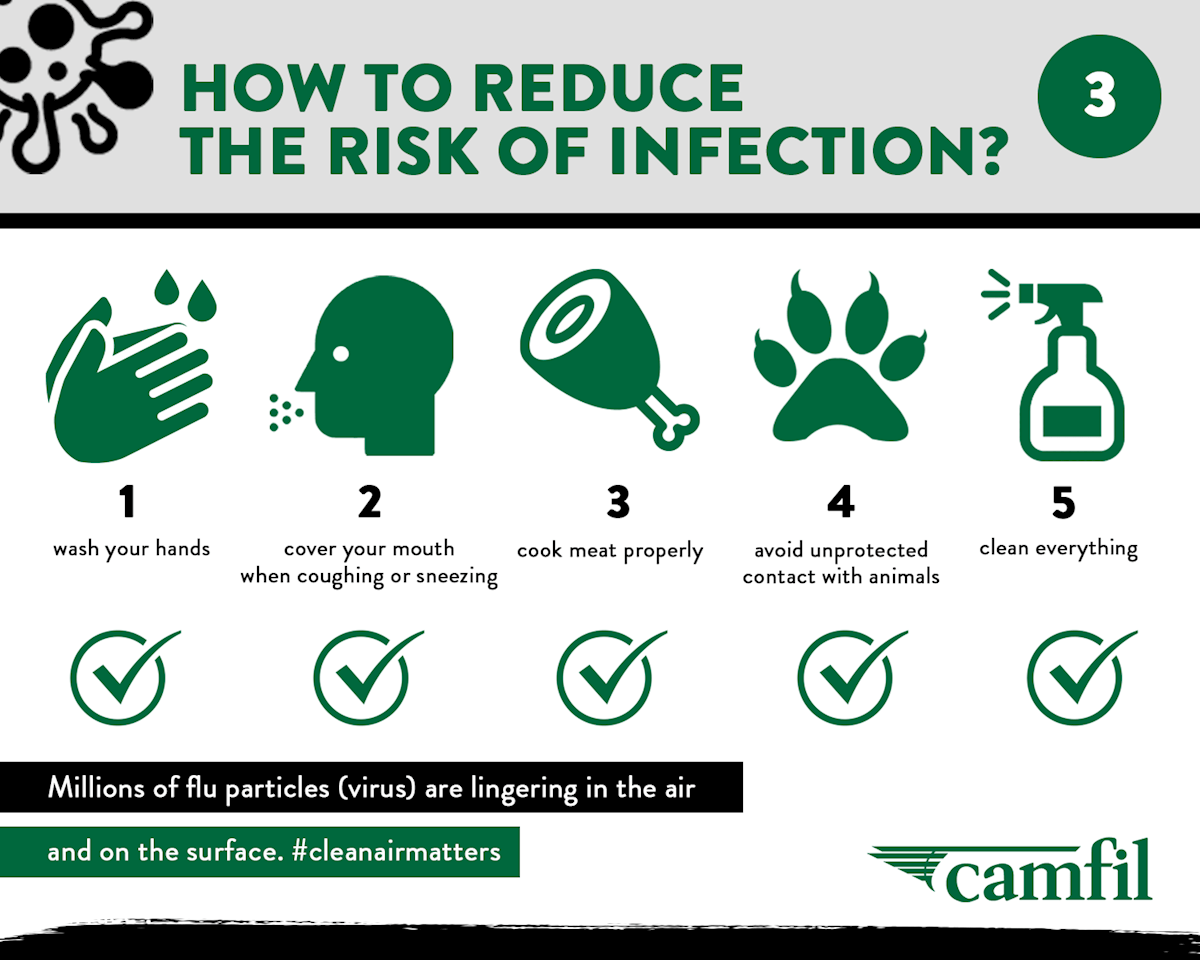
Maintaining a hygienic and sanitary environment along with protection from those infected are vital as the virus thrives in contaminated conditions. One health worker quoted during Ebola virus outbreak that ‘we are fighting forest fires with a spray bottle.’ It is true as the whole system gets affected and battling the damage at the hospital is not enough. We need to reduce the risk of infection at an individual level.
Viruses are usually spread through microorganisms that become airborne. Indoor air contains the most contaminants as it is confined and has no space to escape, and the air is recycled causing the infections to transmit. Hence, it is more likely to catch infections indoor.
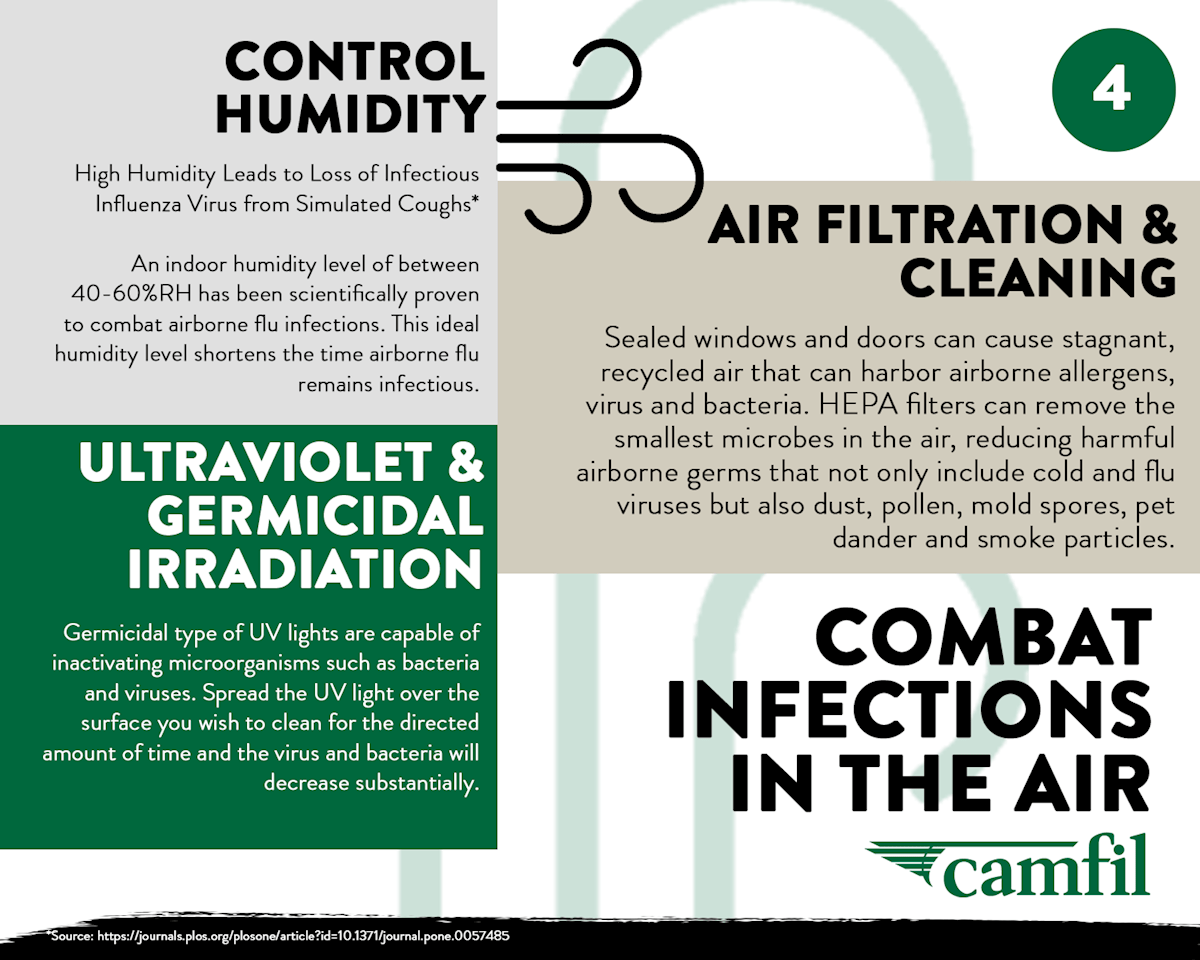
HEPA filters (high-efficiency particulate) have been proven over decades across a wide range of healthcare facilities and life sciences applications, controlling the spread of airborne particles and organisms such as viruses and bacteria.
Indeed, many professional engineering organizations recommend HEPA air filters in hospitals, infection control clinics and other healthcare facilities to eliminate microbes and other dangerous particles.
The efficiency of HEPA filters is measured at MPPS (most penetrating particle size) which means this is the lowest efficiency of the filter. For smaller or larger particles that filter will perform even better. MPPS is typically between 0,1-0,25 micrometers in size. Bacteria and viruses are often smaller than that but typically attach themselves to larger particles. It’s also important to understand HEPA filters do not actively kill living organisms. They capture and hold them within the matrix of the filter.
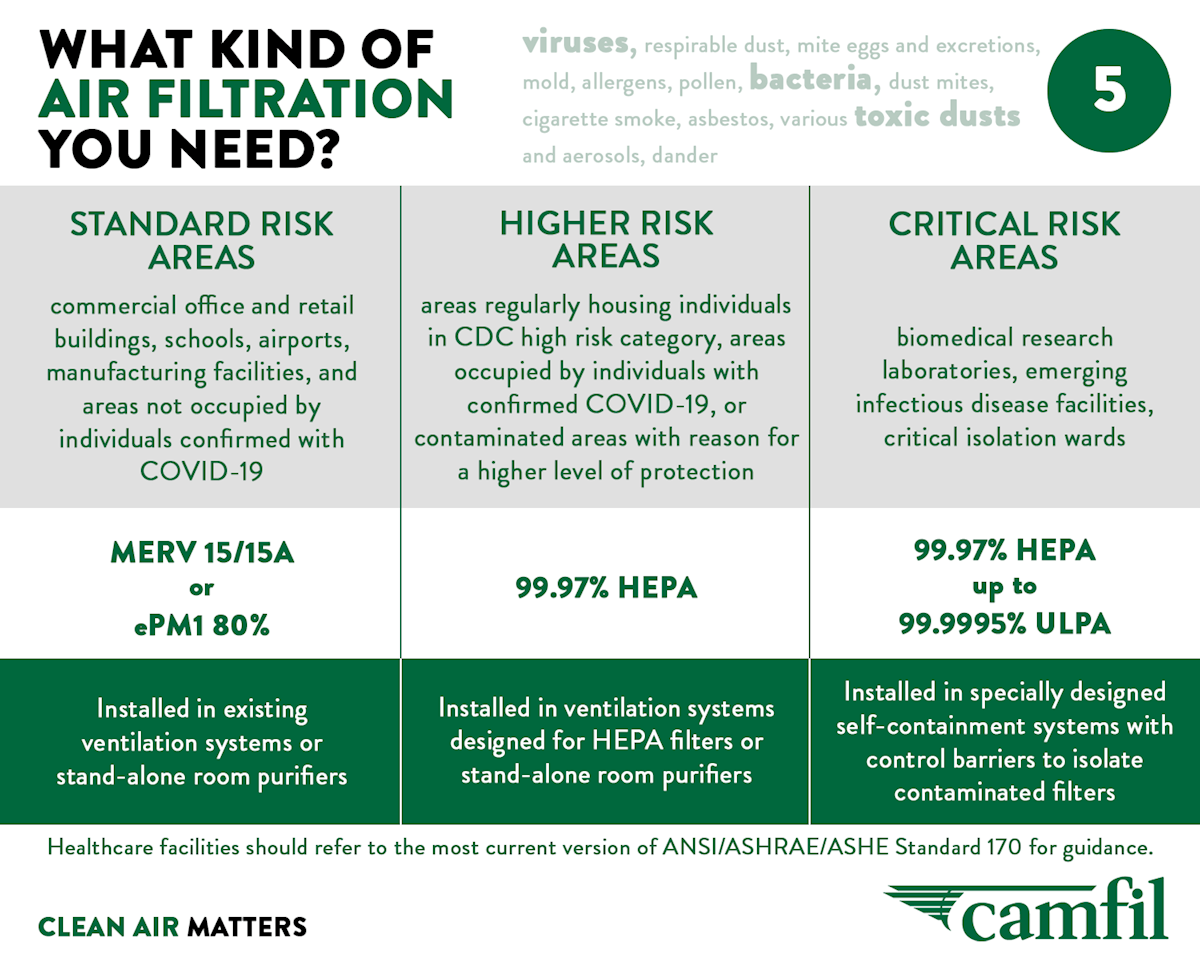
High efficiency air filters can be installed in HVAC systems, filtering out biological pollutants and particulate matter carried by the airstream, preventing the contaminants from recirculating back into the room. As unfiltered air flows through the HVAC unit’s ductwork, the air filter captures and holds the airborne pollutants.
So, for an extra layer of protection from airborne pathogens, consider fitting appropriate HEPA filters.
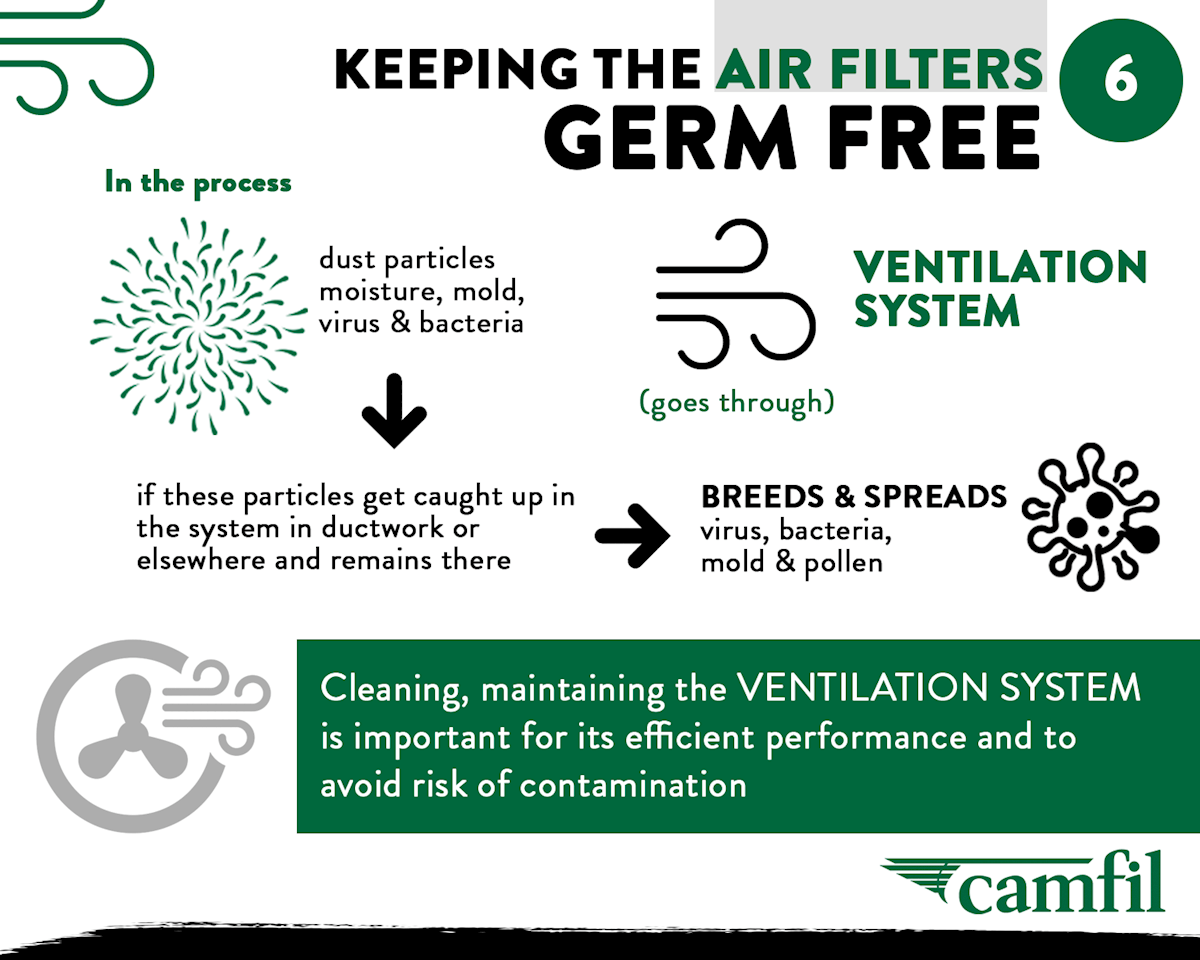
In HVAC units, the ventilation system extracts the dust particles, chemical contaminants and harmful viruses and bacteria along with other toxic particles. Some of this matter gets caught up in the filters or duct-work or elsewhere and remains there. This is bad and can cause serious health risks. To avoid any obstruction, cleaning and maintaining the ventilation system is ideal. A clean system in good working and hygienic conditions will help clear out toxic particles from the air. In the case of an outbreak, the first step should be to look if the filters are old and have captured a lot of dirt (organic material that could support mold growth). It is recommended to switch to fresh and clean filters immediately and at the same time looking for a possibility to upgrade the filter class. Another good thing would be to check the status of gaskets and other seals to ensure that by-pass air is eliminated. Depending on the complexity of the unit and end-use application, some units may require skilled technicians with the proper equipment to confirm filters are sealing correctly. In order to maintain containment in high-risk and critical applications such as bio-safety labs, specially trained technicians maintain the units using a bag-in bag-out filter change procedures which ensures dirty filters are never exposed to the ambient air.
Camfil’s clean air solutions help to eliminate infectious airborne contaminants in the healthcare and microbiological sectors.